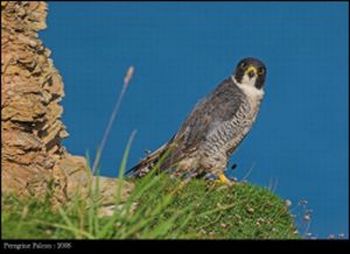********************************************************************
Porthgwarra is located on the South Coast of Cornwall, about 2 miles East of Lands End.
Located above the hamlet and small cove is Gwennap Head probably the best seawatching location in Cornwall, it is from here through mid Summer to the end of Autumn the Southwest seawatch group do a census of passing seabirds,and this has turned up a few rarities over the past years. It is also a very good area for Butterflies and insects which can be found over the heathland. Walking and cliff climbing are also very popular pastimes during the Summer months. I hope the few images below which were taken over the last week, convey the feeling of the area which is well worth a visit.
The small cove is used by only a few small local boats, and is not really suitable as a beach area
A safe haven.
In Summer the heathland along the cliffs is a blaze of colour with the heathers, Grasses and other plant life that live here.
The old Coastguard lookout at the top of Gwennap Head, which is now manned by the Southwest Volunteer coastguard group which keeps up a much needed service around our coastline.
The view looking South West below the lookout station and just to the right of the rock on the headland you can see a member of the Seawatch group. This brings the scale of the area into perspective.
Walking back towards the cove this is the view North Eastwards along the coast, and the entrance to Porthgwarra from the sea.
**************************************************












































